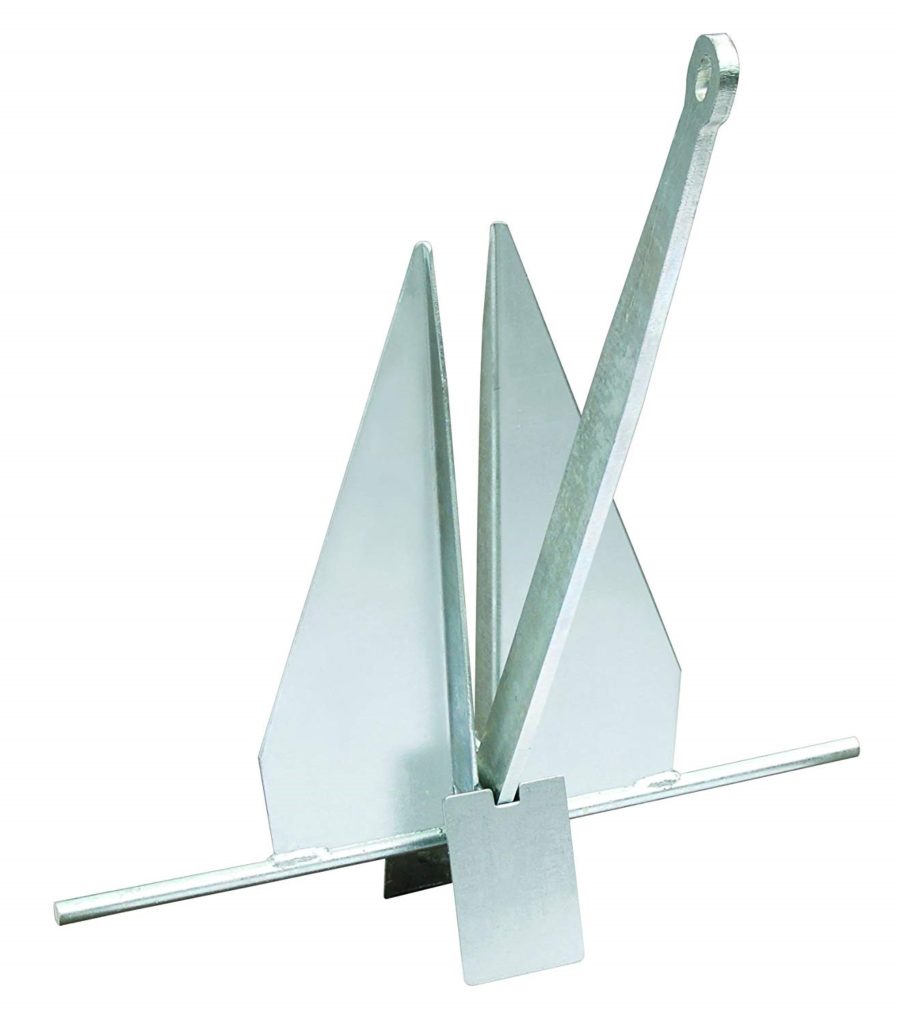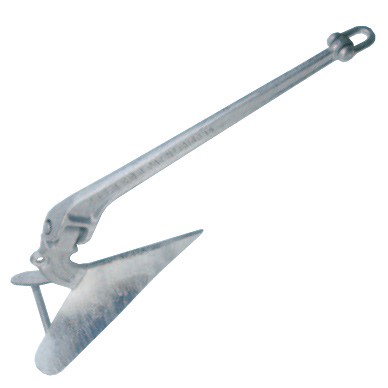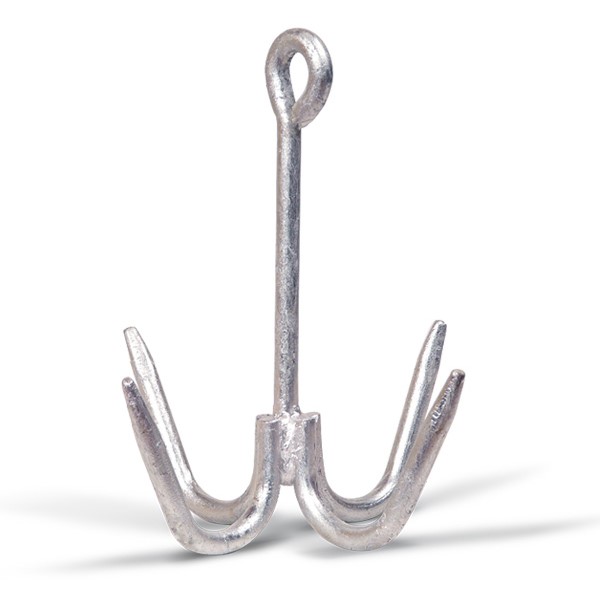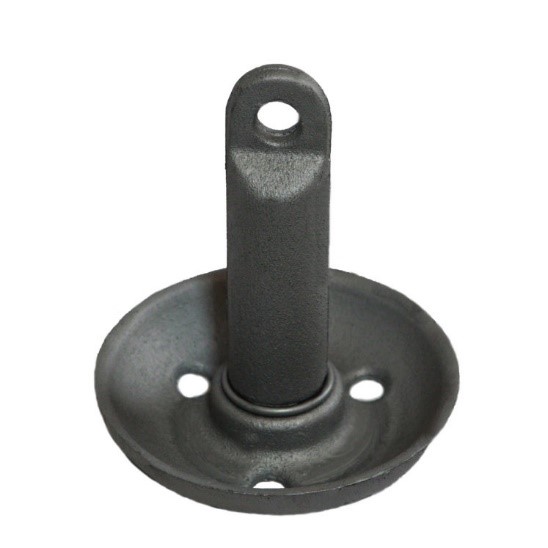An essential component of boating safety and enjoyment is a reliable anchor. Whether you’re looking to relax and soak up the sun, drop a line for some fishing, or simply enjoy a peaceful day on the water, having the right anchor for your pontoon boat is crucial. But with various anchor types available, each with its own advantages and disadvantages, how do you determine which one is best suited for your needs?
In this blog post, we will dive into the pros and cons of different anchors commonly used with pontoon boats. By understanding the benefits and limitations of each anchor type, you’ll be better equipped to make an informed decision that ensures a secure and worry-free anchoring experience. So, let’s weigh the options and explore the key characteristics of fluke anchors, plow anchors, grapnel anchors, and mushroom anchors.
Fluke Anchor (Danforth-style)

| Pros | Cons |
|---|---|
| Easy to set and retrieve. | Limited performance in rocky or weedy conditions. |
| Excellent holding power in sandy or muddy bottoms. | May struggle in strong currents or high winds. |
| Relatively lightweight and easy to handle. | Can be difficult to reset if dragged. |
| Effective in a variety of conditions. |
A fluke anchor, also known as a Danforth-style anchor, is a popular choice for boaters due to its excellent holding power and versatility. It features two large, pivoting flukes or blades that dig into the seabed or lake bottom to provide a reliable hold.
The design of the fluke anchor allows for efficient setting and retrieval, making it user-friendly for boaters of all experience levels. It excels in sandy or muddy bottoms, where its flukes can penetrate and grip the soft sediment effectively. The fluke anchor’s holding power is particularly advantageous in these conditions, providing a secure hold and minimizing the risk of drifting.
Plow Anchor (CQR-style)

| Pros | Cons |
|---|---|
| Superior holding power, especially in rocky or weedy bottoms. | Bulkier and heavier compared to other anchor types. |
| Securely holds in diverse conditions. | May have difficulty setting in very soft bottoms. |
| Generally reliable and widely used. | Can be challenging to stow on board. |
| Suitable for a range of boat sizes. |
A plow anchor, also known as a CQR-style anchor, is a robust and reliable anchor choice for pontoon boats. Its design features a strong, curved fluke with a pointed tip, resembling the shape of a plow, hence its name. The plow anchor is highly regarded for its superior holding power and versatility in different anchoring conditions.
Grapnel Anchor

| Pros | Cons |
|---|---|
| Compact and easy to store. | Limited holding power in adverse conditions. |
| Good for strong currents | Prone to getting tangled in vegetation. |
| Versatile and easy to deploy. | Not ideal for long-term or heavy-duty anchoring. |
| Can be used for various boat sizes. |
A grapnel anchor is a compact and versatile anchor option commonly used in pontoon boats. Its design consists of multiple arms, typically four or more, with sharp, curved flukes at the end of each arm. This anchor type is highly adaptable and well-suited for specific anchoring scenarios.
Mushroom Anchor

| Pros | Cons |
|---|---|
| Simple design and easy to handle. | Moderate holding power in challenging conditions. |
| Cost-effective solution. | May struggle in strong currents or high winds. |
| Suitable for soft or sandy bottoms. | Not suitable for rocky or weedy bottoms. |
| Good for calm or protected anchorages. | Requires a relatively large size for larger pontoon boats. |
A mushroom anchor is a popular choice for pontoon boats due to its simplicity, ease of use, and suitability for soft or sandy bottoms. Its design features a large, round weight at the bottom, resembling a mushroom, which provides the anchor’s holding power.
It’s important to consider factors such as the specific bottom conditions you’ll encounter, the size and weight of your pontoon boat, and the typical weather and anchoring situations you’ll be facing when choosing the most appropriate anchor type. Additionally, be sure to follow the manufacturer’s recommendations and guidelines for each anchor to ensure optimal performance.
